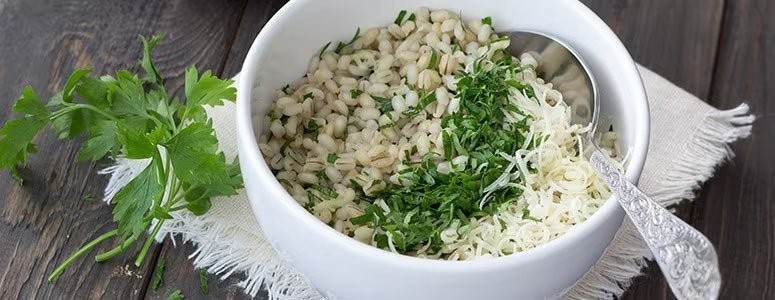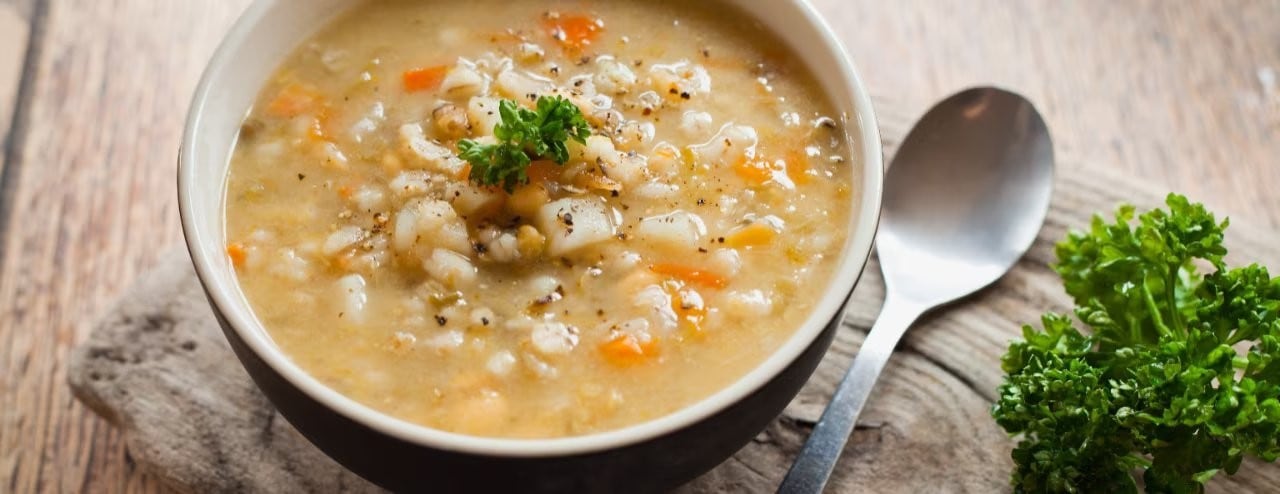Ancient grains are making a comeback. These wholesome staples remain unchanged by selective breeding over the centuries. Unlike common cereals, like rice and some wheat varieties, these grains are less refined, less processed, and typically thrive with minimal upkeep.
These qualities also make them highly nutritious and easily digestible for most consumers. Several (like the ones listed below) are gluten-free, making them an attractive choice for those with food intolerances. Read on to learn more about these ingredients and how to add them to your menu.
How to Cook With Ancient Grains

These ancient food ingredients are incredibly versatile. You can use them instead of rice in most Asian recipes or offer them as a side dish to make any meal more filling. Add them to soups and salads for heartier bites. They work as warm or cold grains, tossed in vinaigrettes, herbs, and various seasonings, or served plain.
The more you experiment with these overlooked grains in your recipe development, the more exciting combinations you’ll discover. Let them inspire you to try new textures and flavors. And with their endless applications, they’re an excellent addition to any menu.
They’re also eco-friendly since they require less water and are less intensively grown than mass-produced wheat and maize. Compared to refined white flour and white rice, ancient grains tend to be kept whole and unprocessed. Therefore, they’re a fantastic source of fiber and protein, while offering fewer empty calories than their more processed counterparts.
Gluten-Free Grains

The most commonly consumed cereal grains contain gluten. This group includes wheat and its many derivatives. However, there are plenty of nutritious and satisfying alternatives available, too. Several grains are naturally gluten-free, so it’s helpful to have them available to patrons who are intolerant to the substance.
1. Amaranth

Aztecs and Incas in Mexico were the first to cultivate amaranth. Today, you can find at least 60 varieties across the globe. This “grain” is technically a seed, similar to quinoa. Cook amaranth in water until fluffy like rice, grind it into flour for baking, or puff it like corn to add a crunchy texture to various snacks. It has a mild, slightly nutty flavor and gelatinous texture when boiled, which works well in traditionally rice-based dishes like porridge and risotto.
2. Sorghum
Sorghum is considered a staple grain in Africa and parts of Asia. It needs much less water (only about ⅓) than corn to grow, making it affordable and eco-friendly. You can transform sorghum into flour and use it for breads, cakes, and other goods. This grain has a mild taste and smooth texture, so it’s an easy substitute for wheat flour when used with a binder. It also pops like corn and cooks like rice, making it an all-around ingredient.
3. Teff

Teff is the primary ingredient in injera, an Ethiopian flatbread known for its sour, fermented flavor and spongy, pancake-like texture. Injera doubles as an eating utensil to scoop up meat, vegetables, and other mains, so Ethiopian meals aren't complete without them.
Like amaranth, it’s technically a seed that functions as a whole grain, similar to barley and quinoa. Despite its status as the “smallest grain in the world,” it still packs a nutritional punch. It’s comparable to poppy seeds in size and has a mild flavor. Add it to pastries or sprinkle it over salads to give them a pleasant nuttiness.
4. Millet
Millet has been around for at least 4,000 years, first cultivated in Asia and consumed throughout Europe in the Middle Ages. Today, their main purpose is for pasture and hay production in the US and western Europe. Elsewhere in the world, including Asia and Africa, they remain a critical source of carbohydrates and protein in daily meals.
Millet is highly nutritious, offering plenty of fiber, vitamin B1, and minerals per serving. Unlike the other gluten-free grains on this list, it has a distinctly fluffy texture when cooked. Some people also describe it as sweet tasting, similar to corn. Toasting brings out its nutty qualities.
Healthy Ancient Grains With Gluten

Contrary to what some believe, not all grains of this type are gluten-free. However, they still offer nutritional perks that those who aren’t strictly off gluten will appreciate. Ultimately, an ancient grains diet can still be incredibly beneficial, especially if you select the right grains for you and/or your market. Here are a few to start with.
1. Barley

Barley is the fourth largest grain crop globally and is closely related to wheat. One of its most common uses is as a source of malt for alcoholic drinks like beer. Beyond that, it can be used as flour for unleavened bread (a.k.a. flatbread) because of its low gluten content. Since it’s consumed as a whole grain or in pearled form, it retains much of its natural fiber. It works as well as quinoa and similar options, so feel free to use it in the same applications.
2. Farro
Like couscous, farro is a prominent grain in Mediterranean and Italian cooking. A whole-grain wheat product, farro is high in protein and fiber and contains some gluten. You can also use it in place of barley in most recipes. To achieve a satisfying al dente texture in the shortest time possible, be sure to soak your farro overnight. Once cooked, you can incorporate it in on-trend buddha bowls and grain salads.
Ancient grains are a nutrient-dense and equally versatile alternative to consumer favorites like processed white rice. Make them a must-try feature of your menu to appeal to those looking for wholesome yet tasty grains. Experiment with new recipes or update existing ones to include more whole-grain options.
For more ideas and inspiration, download our Free Knorr Professional Healthy Cookbook to get the latest tips on and inspiration for nutritious dishes to add in your food business!
